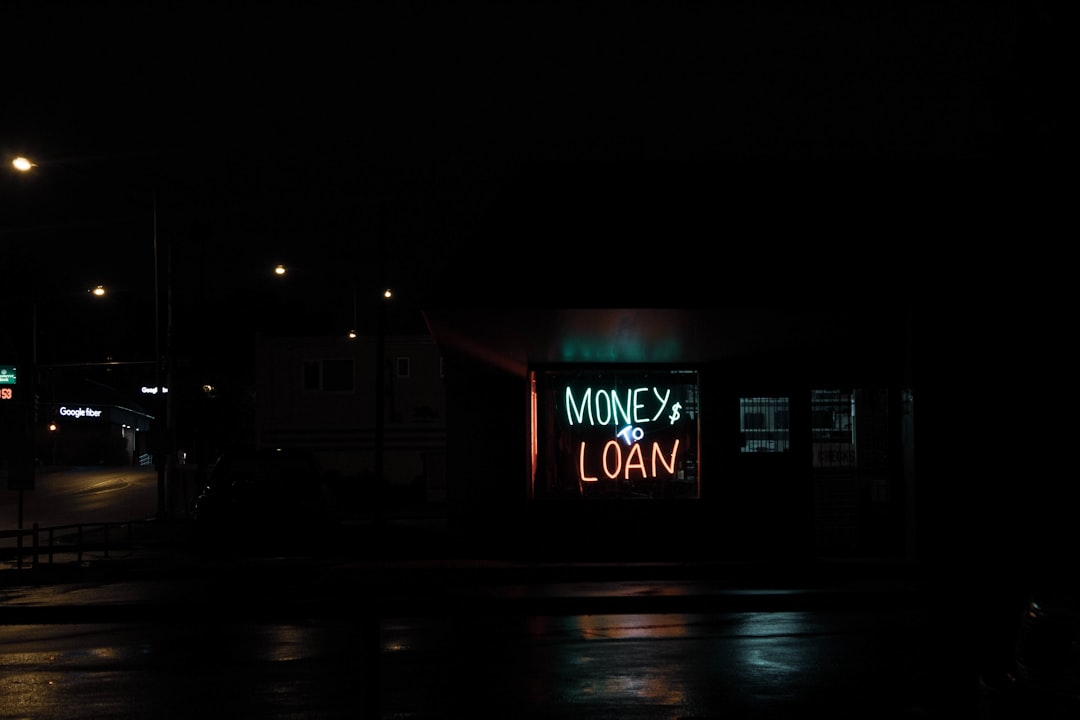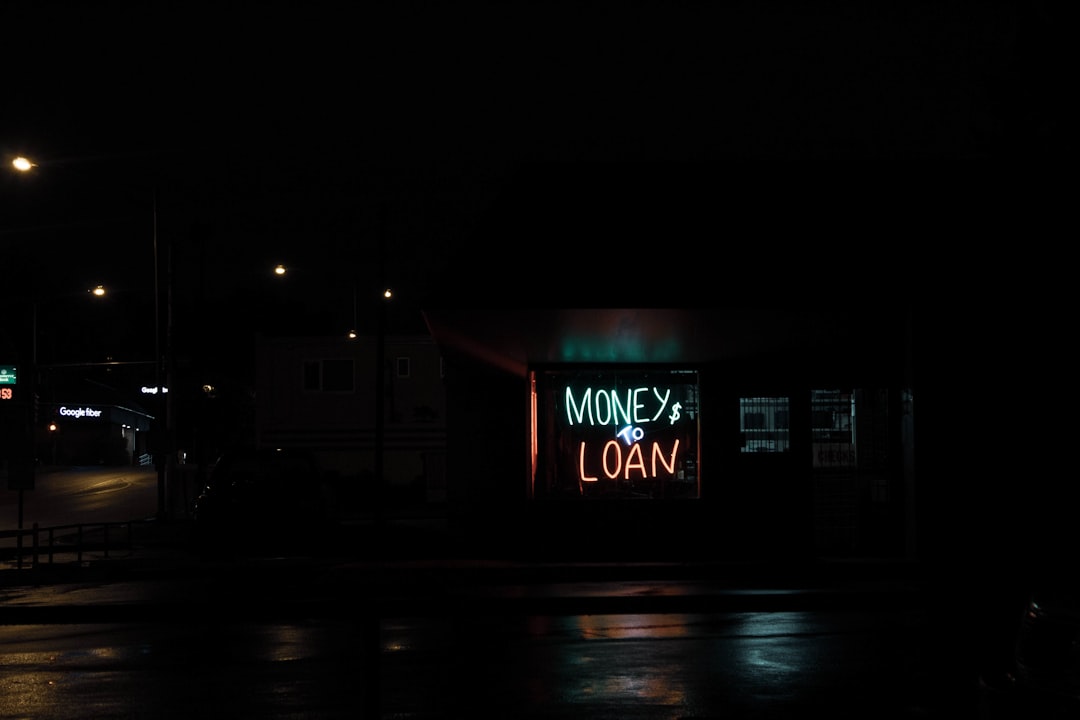Homeowner consolidation loans (HCLs) offer lower interest rates by using property as collateral, merging multiple high-interest debts into a single loan. Unsecured loans provide financial flexibility without collateral but have higher rates due to increased risk. HCLs are ideal for managing multiple debts and saving on costs, while unsecured loans offer safer borrowing with focus on creditworthiness. The choice depends on financial health, goals, and risk comfort level.
Understanding the distinction between secured and unsecured loans is crucial for homeowners seeking consolidation. Secured loans, backed by collateral like property, offer lower interest rates but carry the risk of asset forfeiture. Unsecured loans, lacking collateral, have higher rates but eliminate such risks. This article delves into these loan types, exploring homeowner consolidation options, benefits, and considerations to help you make an informed choice for debt relief.
- Understanding Secured Loans: Property as Collateral
- Unsecured Loans: No Asset Required
- Risk and Interest Rates: A Key Difference
- Homeowner Consolidation with Secured Loans
- Benefits of Unsecured Home Consolidation
- Choosing Between Secured and Unsecured for Consolidation
Understanding Secured Loans: Property as Collateral

Secured loans are financial instruments where a homeowner or individual uses their property as collateral for the loan amount. This means that if the borrower fails to repay the loan according to the agreed terms, the lender has the legal right to seize and sell the property to recover the outstanding debt. Such loans are popular among homeowners looking for consolidation or refinancing because they often offer lower interest rates compared to unsecured loans due to the reduced risk for the lender.
In the context of homeowner consolidation loans, individuals can use their homes, such as their primary residence or a property they own, as security. This practice allows borrowers to combine multiple high-interest debts into a single loan with more manageable terms. It’s important to note that while secured loans provide benefits in terms of interest rates and repayment options, they also carry the risk of losing one’s property if not managed responsibly.
Unsecured Loans: No Asset Required

Unsecured loans are financial products that do not require borrowers to put up any collateral or asset as security. This means that lenders take on a higher risk since they have no guarantee to recoup their funds if the borrower defaults. However, unsecured loans often come with more flexible terms and lower interest rates compared to secured loans, making them an attractive option for various purposes such as homeowner consolidation loans.
Without the need for asset security, unsecured loans provide borrowers with greater freedom in managing their finances. This type of loan is ideal for those who do not want to tie up an asset or are unable to meet the requirements for a secured loan. It’s important to note that while unsecured loans offer convenience and accessibility, they typically have higher interest rates due to the increased risk for lenders.
Risk and Interest Rates: A Key Difference

When comparing secured and unsecured loans, one of the most significant differences lies in risk and interest rates. Secured loans, such as homeowner consolidation loans, are backed by collateral—a valuable asset that the lender can seize if you fail to repay the loan. This lower risk for the lender typically translates to more competitive interest rates for borrowers. The collateral acts as a form of security, allowing lenders to offer favorable terms without worrying about default.
In contrast, unsecured loans carry more risk for lenders, which is reflected in higher interest rates. Without any collateral, lenders rely solely on the borrower’s creditworthiness and repayment history. As such, unsecured loans like personal loans often have variable interest rates that can change over time, making them costlier in the long run if not managed carefully. Understanding these nuances is essential when deciding between a secured or unsecured loan option based on individual financial circumstances.
Homeowner Consolidation with Secured Loans

Homeowner consolidation loans are a popular option for those looking to simplify their debt and improve cash flow. This type of secured loan allows homeowners to combine multiple existing debts, such as credit card balances or personal loans, into a single payment with a lower interest rate. The security comes from the homeowner’s equity in their property, which acts as collateral for the loan. This is beneficial as it can significantly reduce monthly payments and the overall cost of borrowing over time.
By using a homeowner consolidation loan, borrowers can streamline their financial obligations and potentially free up extra cash each month. This can be especially useful for homeowners looking to pay off high-interest debts more efficiently or those who want to consolidate loans with varying due dates into one manageable repayment plan. It’s a strategic move that can simplify finances and provide long-term savings, all while leveraging the equity in their property.
Benefits of Unsecured Home Consolidation

Homeowner consolidation loans offer several benefits for those looking to simplify their debt repayment process. One of the primary advantages is the ability to combine multiple high-interest loans into a single, more manageable payment. This streamlines financial obligations, making it easier for homeowners to stay on top of their payments and potentially save money in interest charges over time.
Additionally, unsecured homeowner consolidation loans provide flexibility and accessibility. Since these loans aren’t secured by the home itself, borrowers avoid the risk of foreclosure if they experience financial hardship. This peace of mind allows homeowners to focus on debt reduction without the constant worry associated with secured loans.
Choosing Between Secured and Unsecured for Consolidation

When considering homeowner consolidation loans, deciding between secured and unsecured options depends on your financial situation and priorities. Secured loans, backed by collateral like your home equity, typically offer lower interest rates and larger loan amounts. This makes them appealing for significant debt consolidations or home improvements that can increase your property’s value. However, securing a loan with your home means potential financial risk if you default on payments.
Unsecured loans, on the other hand, don’t require collateral, making them a safer choice but often with higher interest rates and more stringent borrowing limits. They’re suitable for smaller debt consolidations or emergencies when you need quick access to cash without putting your home at stake. Weighing these factors will help guide your decision towards the loan type best suited for your consolidation needs and risk tolerance.
When considering homeowner consolidation loans, understanding the differences between secured and unsecured options is crucial. Secured loans offer benefits like lower interest rates but require collateral, while unsecured loans provide flexibility with no asset backing. The choice depends on your financial situation and risk tolerance. For homeowners looking to consolidate debt, exploring both types can lead to finding the most suitable and beneficial solution for their individual needs.
